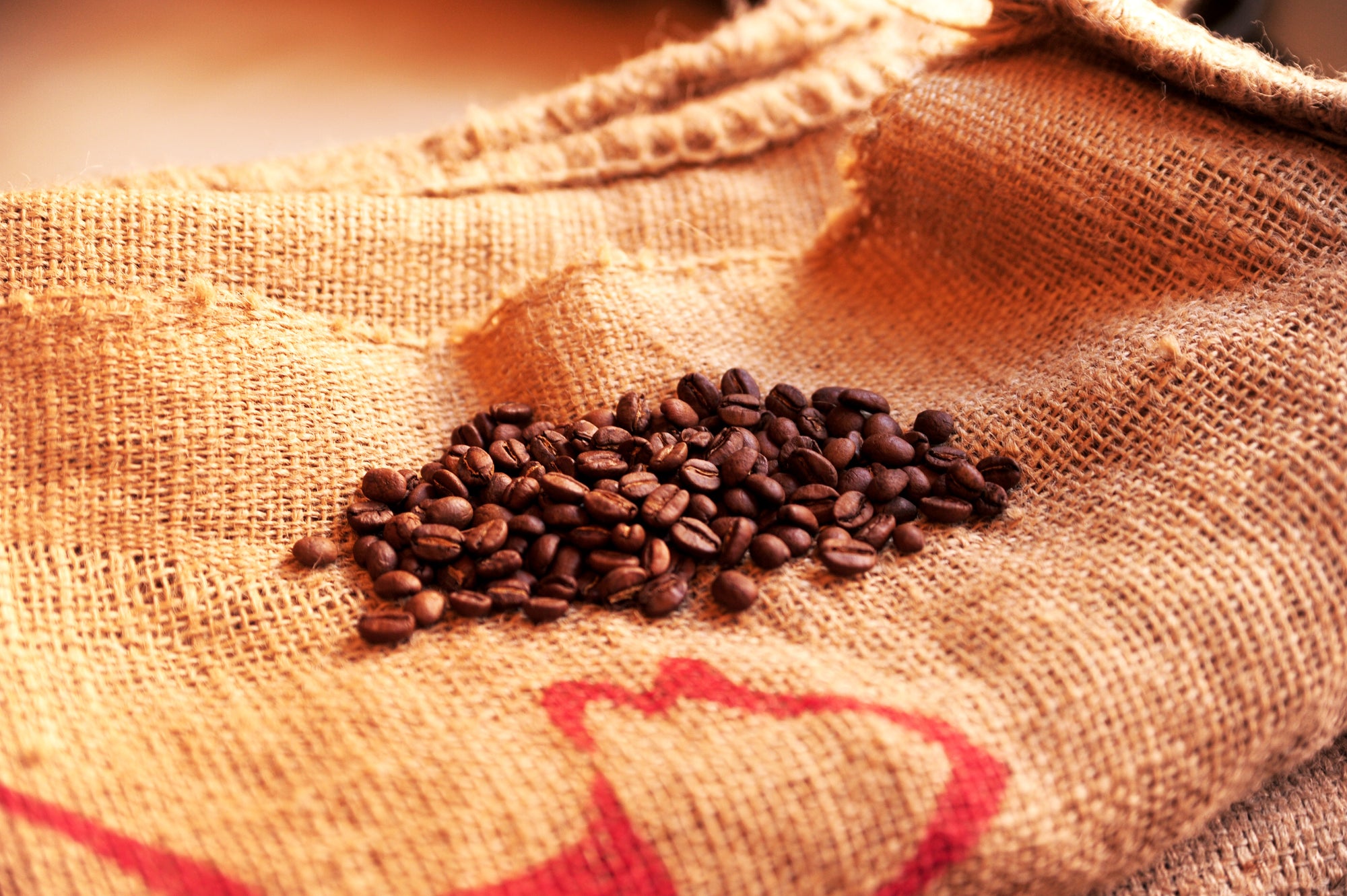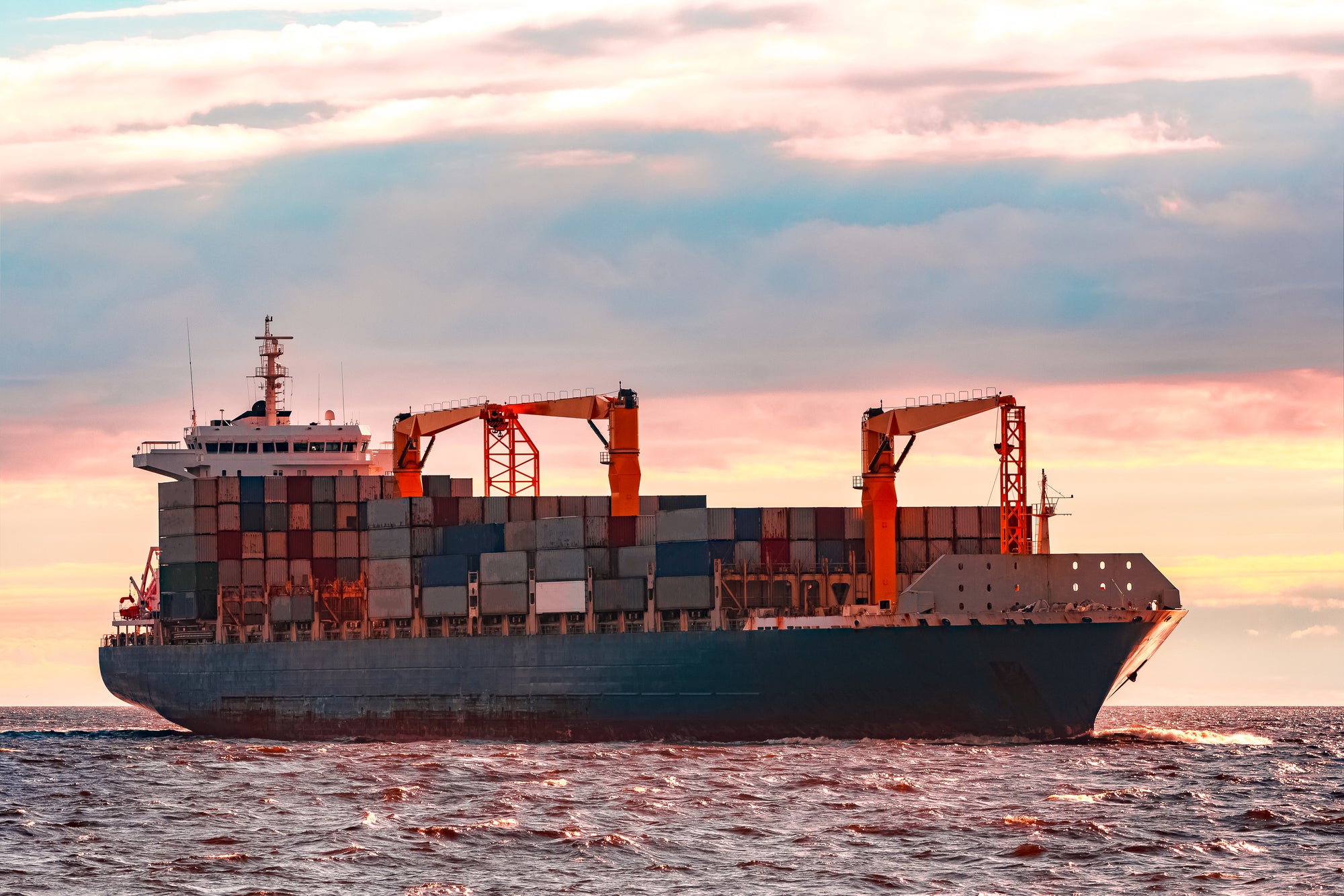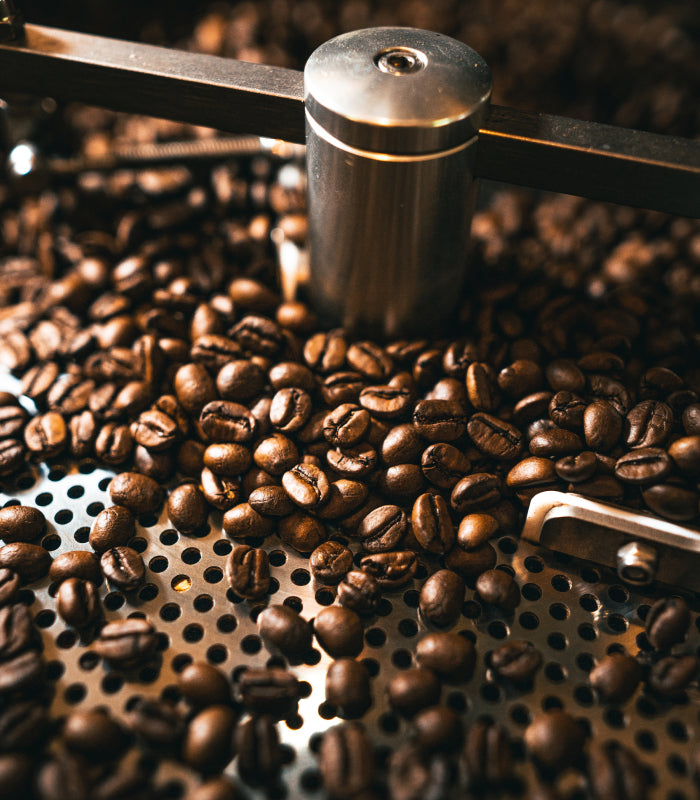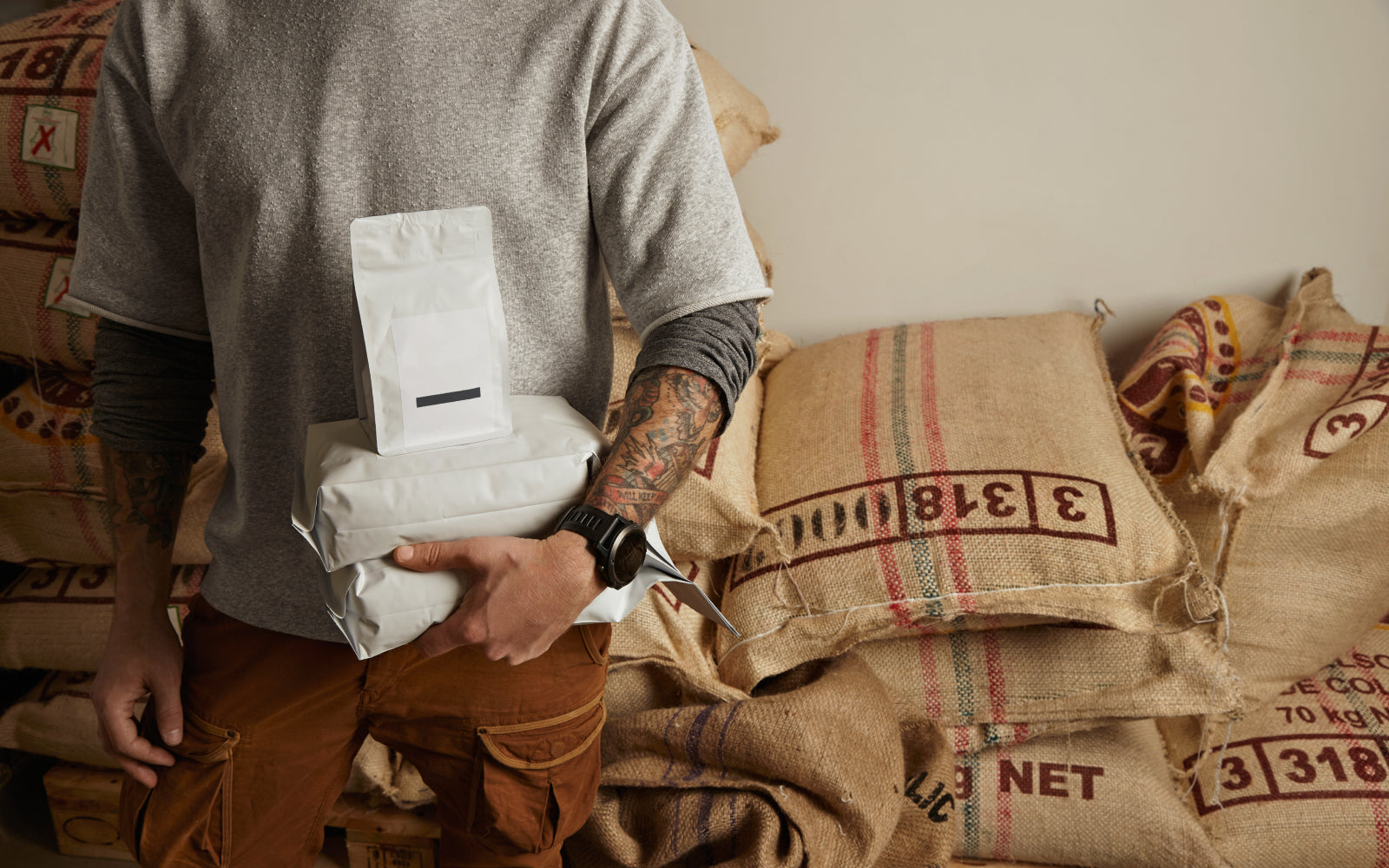So kommt der Kaffee zu euch nach Hause
The transportation of coffee is a fascinating and complex process that ensures that the
Beans reach coffee lovers fresh and of high quality. After careful
Harvest begins the journey of the green coffee through various stations, which we will detail below
describe.
Harvesting and processing
After harvesting, the coffee cherries are carefully processed to remove any fruit residue from the beans. There are two main methods: wet and dry processing.
- Wet method
In the wet method, the coffee cherries are first depulped, meaning the pulp is removed. The beans then ferment in water tanks for approximately 12 to 48 hours. This fermentation process helps to loosen any remaining pulp and cleanse the beans. After fermentation, the beans are thoroughly washed to remove all residue. This method results in a clear, clean cup of coffee with distinct flavors.
-
Dry method
The dry method, also known as natural processing, is the oldest method of coffee processing. This involves drying the coffee cherries directly in the sun after harvesting. The cherries are spread out on large drying areas or raised drying beds and turned regularly to ensure even drying. This process can take several weeks. The dried cherries are then mechanically or manually hulled to separate the beans from the fruit. This method imparts a rich, fruity flavor to the coffee.
After processing, the coffee beans must be dried to a moisture content of approximately 10-12%. This step is crucial to prevent mold growth and loss of quality during storage and transport.
Drying
Drying can be done in two ways: sun drying or mechanical drying. In sun drying, the beans are spread out on drying surfaces or drying beds and turned regularly to ensure even drying. This process can take up to two weeks, depending on weather conditions.
Mechanical drying takes place in special dryers that can dry the beans more quickly and in a more controlled manner. This is particularly advantageous in regions with high humidity or changeable weather.

storage
After drying, the beans are called green coffee. They are packed in jute bags that allow for good ventilation and prevent moisture buildup. These bags are stored in well-ventilated warehouses to protect the beans from humidity and temperature fluctuations. Storage can take several months until the beans are ready for export. During this time, the beans retain their quality and sometimes even develop additional flavors.

Transport of coffee
The journey of green coffee from the growing area to the roaster requires careful planning and logistics. After drying, the green coffee bags are packed into containers and transported by sea, air, or land.
Shipping methods and protective measures
Shipping by sea is the most common method because it moves large quantities efficiently. Containers must be well-ventilated and protected from moisture to preserve the quality of the coffee. Each container is carefully closed and sealed to protect the contents from environmental influences. Shipping can take several weeks depending on the destination, so protection from moisture and temperature fluctuations is especially important.
For particularly urgent deliveries or smaller quantities, coffee is transported by air . While this method is more expensive, it ensures fast delivery. The beans are exposed to environmental influences for less time, preserving their freshness.
In some cases, especially for short distances, coffee is transported by truck or train . This method is often used for transport from ports to roasteries within the same country.

Customs clearance and quality control
Upon arrival in the destination country, the coffee undergoes customs clearance. Here, the green coffee bags are carefully inspected, and samples are taken from the beans to check their quality, cleanliness, and moisture content. These strict controls ensure that only the highest quality coffee is processed.
Customs clearance
The coffee must undergo customs clearance, where documents are checked and the cargo is inspected. This procedure ensures that all legal and health standards are met. Customs also checks the origin and proper declaration of the goods.
Quality control
After customs clearance, samples of the green coffee beans are taken and tested in laboratories. Here, the coffee is checked for quality, cleanliness, and moisture content. These controls are crucial to ensuring only the finest beans are processed. These meticulous checks ensure that the coffee maintains its high quality and meets the expectations of coffee roasters and coffee lovers.
Transport to the roastery
After customs clearance, the green coffee is usually delivered to the importer, who then distributes it to the roasters. Larger roasters may also ship directly to the importer. This transport is usually by truck or train, depending on the distance and logistical constraints. The green coffee is stored in special, airtight containers to protect the beans from moisture and temperature fluctuations. Once at the roaster, the beans are temporarily stored in large silos. These silos provide optimal storage conditions to keep the beans fresh until they are roasted.
Roasting and packaging
At the roastery, the green coffee beans are roasted in small batches to maximize the aromas. The roasting process is crucial for the coffee's final flavor profile and involves several phases:
- Drying phase: The beans are heated to remove any residual moisture.
- Browning phase: This is where the Maillard reaction begins, in which the beans
characteristic brown color and first aromas develop. - Development phase: The beans reach their final roast, where the roasting master
the temperature and duration are precisely controlled to achieve the desired flavor profile
to reach.

After roasting, the beans are immediately cooled to stop the roasting process. They are then packaged in high-quality packaging with aroma-protection valves. These valves allow the carbon dioxide produced during roasting to escape while preventing oxygen from entering, which could impair freshness. The packaging preserves the full aroma and freshness of the coffee until it reaches the consumer.

From the cup to enjoyment
Finally, the coffee reaches consumers, who grind and brew it to enjoy its diverse aromas and flavors. The coffee journey from harvest to cup is a journey filled with care and dedication:
- Grinding: The roasted beans are ground shortly before brewing to ensure freshness
to preserve. - Brewing: Various methods such as filter coffee, espresso, French press or Aeropress
are used to prepare the coffee and extract the aromas. - Enjoy: Every sip of coffee tells the story of a long journey, from the tropical
cultivation areas, careful processing and gentle transport to the
precise roasting.
These carefully monitored steps ensure that the coffee we enjoy is always fresh and aromatic. The love and dedication that goes into every step of this process makes every cup of coffee a special experience.
Discover our coffees
Blog posts
-

Kaffee und Gesundheit im Winter: Wirkung, Verträglichkeit und Genuss
Wie wirkt Kaffee im Winter auf Verdauung, Schlaf und Wohlbefinden? Erfahre, welche Kaffees besonders verträglich sind und warum hochwertiger Kaffee...
-

Kaffeetrends des Jahres 2025 und Ausblick auf kommende Entwicklungen
Entdecke die wichtigsten Kaffeetrends des Jahres und erfahre, welche Entwicklungen den Kaffeemarkt und Spezialitätenkaffee in den kommenden Jahren prägen werden....
-

Weihnachtliche Geschenkideen für Kaffeeliebhaber
Entdecke Kaffee Geschenkideen für Weihnachten mit hochwertigen Bohnen, Zubehör und Abos. Perfekt für alle, die besonderen Genuss verschenken möchten.






